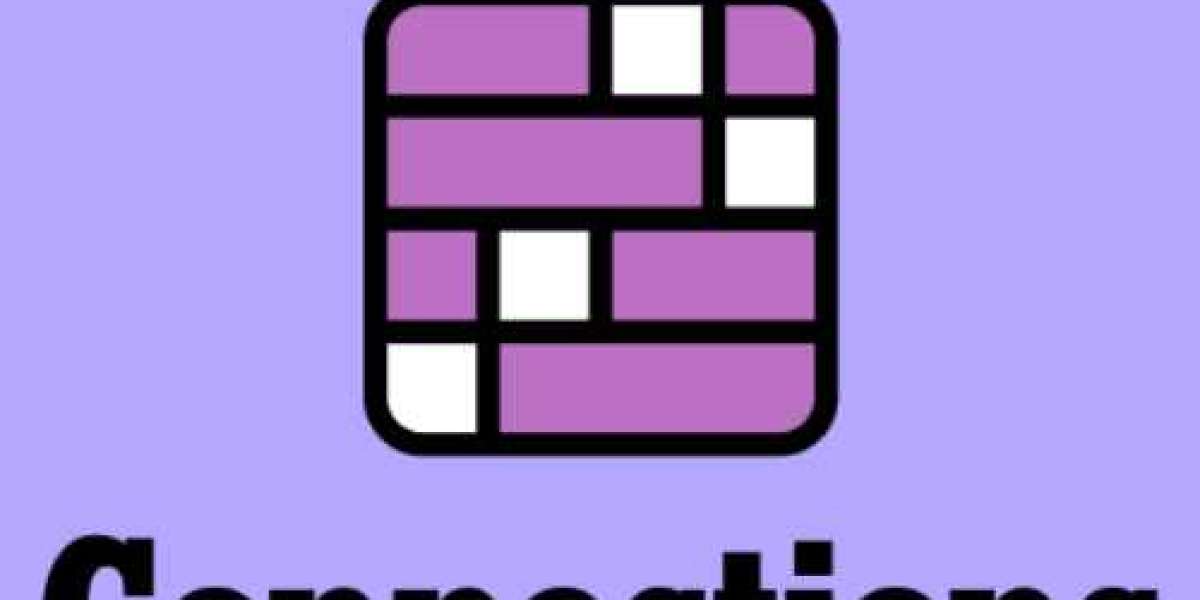Ever wondered why some games are more than just fun? The Connections Game isn’t your run-of-the-mill entertainment. It’s a captivating blend of strategy, creativity, and mental agility that connects ideas, people, and patterns in exciting ways.
What Is the Connections Game?
The Connections Game is about finding and forming links between seemingly unrelated elements. Whether it’s identifying shared characteristics, mapping relationships, or collaborating with teammates, this game challenges your brain to think beyond the obvious.
Why Is It Popular?
Its charm lies in its versatility. From kids learning basic logic to professionals engaging in team-building activities, the game has a universal appeal. It’s a great way to engage, challenge yourself, and foster connections—literally and figuratively.
The Psychology Behind Connections
The human brain thrives on connections. Making links between ideas activates neural pathways, strengthens memory, and boosts problem-solving skills. It’s no wonder this game resonates with players of all ages.
History and Evolution of the Connections Game
Early Beginnings of Connection Games
The concept isn’t new. From traditional board games to word association activities, humans have been playing connection-based games for centuries. They’ve always been a way to entertain while sharpening the mind.
Digital Transformation and Online Variants
As technology advanced, so did the Connections Game. Mobile apps and online platforms now offer interactive experiences, making the game accessible to a global audience.
Modern-Day Trends in Connection Games
Innovative twists like augmented reality (AR) and artificial intelligence (AI) integration have taken the Connections Game to the next level, blending technology with timeless fun.
How to Play the Connections Game
Understanding the Rules
The basic premise is simple: identify and connect elements based on shared attributes. Depending on the version, this could involve words, images, or objects.
Types of Connections
- Logical Connections: Think puzzles or riddles requiring critical thinking.
- Emotional Connections: Here, players link ideas based on personal experiences or emotions, adding depth to the game.
Tips for Beginners
Start simple. Focus on obvious links and gradually explore complex connections. The more you play, the better you’ll get at spotting patterns.
Benefits of Playing the Connections Game
Cognitive Benefits
This game sharpens critical thinking, enhances memory, and fosters creative problem-solving skills. It’s like a gym session for your brain!
Social Advantages
Playing in groups encourages collaboration, communication, and even bonding among participants. It’s a fantastic way to break the ice and build relationships.
Stress Reduction
Engaging in the game offers a mental escape, providing relaxation and improving overall well-being.
Popular Variants of the Connections Game
Classic Connections Games
Traditional formats like board games or card-based versions are evergreen. They’re perfect for family gatherings or casual play.
Online Platforms and Apps
Digital versions have surged in popularity, with apps offering user-friendly interfaces and engaging gameplay.
Multiplayer Options
Many variants allow for team play, enhancing the competitive spirit and fostering camaraderie.
Strategies for Mastering the Connections Game
Analyzing Patterns
Take your time to identify recurring themes or links. Patience often pays off in this game.
Enhancing Memory
Practice frequently. Repetition helps in recognizing connections faster over time.
Teamwork in Multiplayer Modes
Collaboration often leads to better results. Share ideas, brainstorm, and utilize your team’s collective intelligence.
Connections Game in Education and Training
Educational Applications
Teachers use this game to teach concepts interactively, making learning fun and effective.
Team-Building Activities
In corporate settings, the game is a tool for fostering teamwork and improving communication among employees.
Corporate Use Cases
Companies leverage the game for training sessions, leadership development, and brainstorming workshops.
Challenges and Criticism
Common Difficulties Players Face
Overthinking and second-guessing are common pitfalls. The trick is to trust your instincts while maintaining focus.
Critiques of Connection-Based Games
Some argue these games can become monotonous if overplayed. However, introducing variations can keep them engaging.
The Future of the Connections Game
Incorporating AI and AR
Imagine playing in a fully immersive AR environment or getting hints from AI during challenging rounds. The possibilities are endless.
Expanding Global Reach
With increasing accessibility, the Connections Game is set to gain a larger, more diverse audience worldwide.
Conclusion
The Connections Game isn’t just a game—it’s an experience that combines learning, fun, and connection. Whether played casually or as part of a structured activity, it’s a tool for growth and enjoyment. Dive in, and you’ll see the magic unfold!











